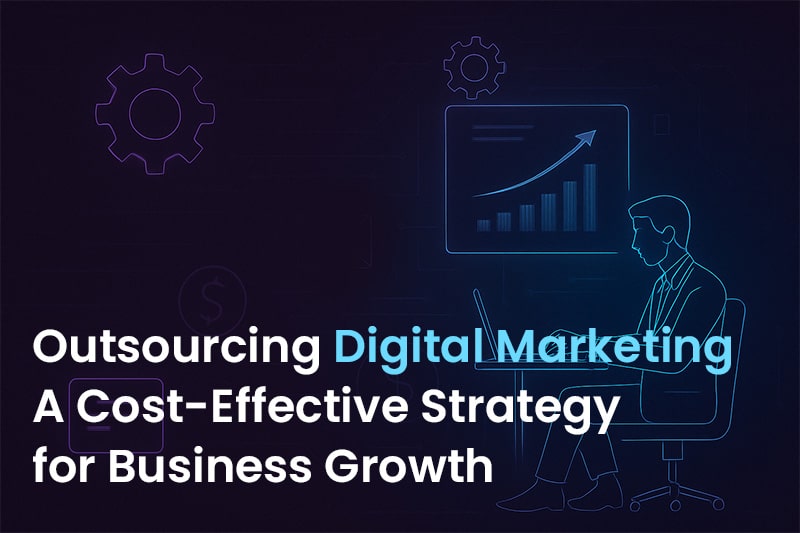Advertising vs. Promotion: Understanding the Key Differences and Impact on Marketing

Advertising vs. Promotion
At a glance, marketing and advertising are closely related concepts that are used alternatively. The vital thing to remember is that there is a vast difference between advertising and promotion.
Both are important for business, but they have different goals and approaches. Understanding the differences between promotion and advertising and how they impact marketing is essential.
First, let’s talk about the definition of advertising and promotion.
Promotion refers to a one-time-changing event mixed with marketing to promote a product or service. This approach quickly generates sales and brings an object into the limelight. Limited-time offers and compelling visuals are given to the buyers so they may get a whiff of urgency.
Advertising focuses on the communication part of marketing, which you can call a small part. Ad strategy is a process of creating catchy messages and then distributing those messages to the targeted audience through various platforms.
The main aim of advertising is to create awareness and desire so that the audience visits the websites and makes purchases.
While advertising and promotion are used to influence customers toward a business, they differ in approach, scope, and audience behavior.
Promotion strategies in marketing concentrate on effective campaigns that are short-lived and brief. They urge the customers to buy any item or service ASAP. Promotions can also include limited-time or limited-edition items.
However, advertising is tactical and focused on achieving objectives like improving your brand image or promoting a specific product. Advertising can influence the behavior of the audience.
Impacts on Marketing
Now that the fundamental difference between advertising and promotion is clear, let’s discuss their impact on marketing.
However, before discussing advertising and promotion’s impact on marketing, let’s define marketing.
Marketing vs. promotion vs. advertising
Marketing involves identifying, anticipating, and satisfying customer needs and wants with enjoyable activities. This includes market research, pricing, product development, promotion, and distribution. Marketing creates long-term customers who keep returning, generating profitable customer actions like repeated purchases.
Marketing is a broad concept that uses various techniques and activities to deliver valuable information to customers so that they move from the first stage of information to the final stage, which is a purchase.
Marketing includes all activities that help make a business attractive and engaging. Promotion is a short-term campaign to focus on selling a product or service.
Advertising is a paid campaign to build awareness about a product, service, or brand.
What is promotion in marketing?
Promotion in marketing refers to short-term strategies to boost sales and attract customers with a sense of urgency. These strategies can include contests, limited-time discounts, and coupons. Promotion objectives in marketing are to help a brand drive immediate action and increase brand visibility.
Types of Promotion in Marketing
- Sales Promotion: Short-term campaigns like discounts, BOGO offers, and coupons to drive immediate results
- Public Relations: Improving brand image through media coverage, sponsorships, and community engagement.
- Personal Selling: B2C to persuade and close sales with customers.
- Direct Marketing: Targeted promotions through emails, messages, or catalogs to drive results.
- Digital Promotions: Online campaigns, social media marketing, contests, influencer collaborations, and limited-time online deals to capture an online audience
- Trade Promotions: Offer B2B incentives, such as bulk discounts and dealer promotions, to encourage resellers to do business with your company.
What is advertising in marketing?
Advertising is a paid strategy that businesses use to promote their products or services. It can also be done through a third party. It is done through different platforms like TV, social media, online ads, printed ads, etc.
Advertising objectives in marketing are to create awareness and influence customers to change their behavior in the business’s favor.
Types of Advertising in Marketing
- Digital Advertising: Online ads on social media, search engines, and websites, like Google Ads, Facebook Ads, and YouTube promotions.
- Television Advertising: Commercials run on TV to reach a broad audience and create brand awareness.
- Radio Advertising: Audio-based ads broadcasted on radio stations to target locals
- Print Advertising: Ads in newspapers, magazines, and flyers to attract readers of specific areas
- Outdoor Advertising: Billboards, transit ads, posters, and banners are placed in high-traffic areas to maximize visibility.
- Influencer Marketing: Partnering with famous social media influencers to promote products to their followers.
Benefits of Advertising, Marketing, and Promotion on Business
Benefits of advertising for businesses
Advertising builds brand awareness, influences consumers, and attracts new customers. It helps businesses reach target audiences effectively.
Consistent advertising improves reliability, increases product demand, and generates better sales, making it essential for business growth. This is how advertising helps brand awareness.
Benefits of Marketing on Business
Marketing improves brand visibility, attracts customers, and develops long-term relations with them. It helps businesses understand consumer needs to drive sales.
Effective marketing strengthens market positioning and increases customer loyalty, leading to higher revenues.
Benefits of Promotion on Business
Promotions use strategies like discounts and special deals to generate immediate sales.
They create urgency, encourage customers to engage, and boost revenue. Promotions help businesses clear inventory, introduce new products, and attract new customers while entertaining existing ones.
Conclusion
Marketing, advertising, and promotion all play essential roles in business growth. Using all three in your business strategies can help improve your business image, attract customers, and provide long-term success.



